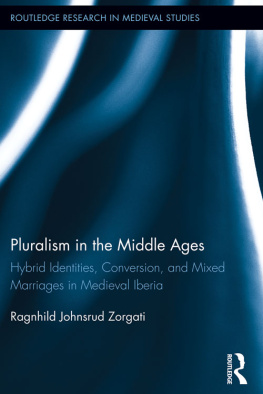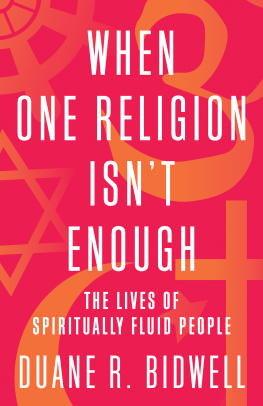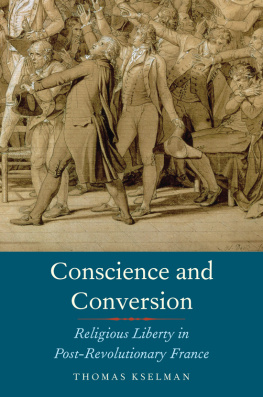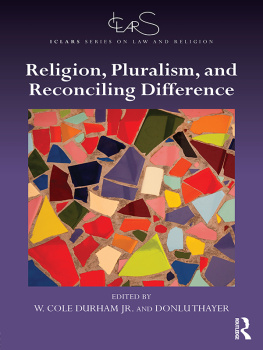Duane J. Corpis - Crossing the Boundaries of Belief: Geographies of Religious Conversion in Southern Germany, 1648-1800
Here you can read online Duane J. Corpis - Crossing the Boundaries of Belief: Geographies of Religious Conversion in Southern Germany, 1648-1800 full text of the book (entire story) in english for free. Download pdf and epub, get meaning, cover and reviews about this ebook. City: Charlottesville, year: 2014, publisher: University of Virginia Press, genre: History. Description of the work, (preface) as well as reviews are available. Best literature library LitArk.com created for fans of good reading and offers a wide selection of genres:
Romance novel
Science fiction
Adventure
Detective
Science
History
Home and family
Prose
Art
Politics
Computer
Non-fiction
Religion
Business
Children
Humor
Choose a favorite category and find really read worthwhile books. Enjoy immersion in the world of imagination, feel the emotions of the characters or learn something new for yourself, make an fascinating discovery.

- Book:Crossing the Boundaries of Belief: Geographies of Religious Conversion in Southern Germany, 1648-1800
- Author:
- Publisher:University of Virginia Press
- Genre:
- Year:2014
- City:Charlottesville
- Rating:5 / 5
- Favourites:Add to favourites
- Your mark:
Crossing the Boundaries of Belief: Geographies of Religious Conversion in Southern Germany, 1648-1800: summary, description and annotation
We offer to read an annotation, description, summary or preface (depends on what the author of the book "Crossing the Boundaries of Belief: Geographies of Religious Conversion in Southern Germany, 1648-1800" wrote himself). If you haven't found the necessary information about the book — write in the comments, we will try to find it.
In early modern Germany, religious conversion was a profoundly social and political phenomenon rather than purely an act of private conscience. Because social norms and legal requirements demanded that every subject declare membership in one of the state-sanctioned Christian churches, the act of religious conversion regularly tested the geographical and political boundaries separating Catholics and Protestants. In a period when church and state cooperated to impose religious conformity, regulate confessional difference, and promote moral and social order, the choice to convert was seen as a disruptive act of disobedience. Investigating the tensions inherent in the creation of religious communities and the fashioning of religious identities in Germany after the Thirty Years War, Duane Corpis examines the complex social interactions, political implications, and cultural meanings of conversion in this moment of German history.
In Crossing the Boundaries of Belief, Corpis assesses how conversion destabilized the rigid political, social, and cultural boundaries that separated one Christian faith from another and that normally tied individuals to their local communities of belief. Those who changed their faiths directly challenged the efforts of ecclesiastical and secular authorities to use religious orthodoxy as a tool of social discipline and control. In its examination of religious conversion, this study thus offers a unique opportunity to explore how women and men questioned and redefined their relationships to local institutions of power and authority, including the parish clergy, the city government, and the family.
Duane J. Corpis: author's other books
Who wrote Crossing the Boundaries of Belief: Geographies of Religious Conversion in Southern Germany, 1648-1800? Find out the surname, the name of the author of the book and a list of all author's works by series.







